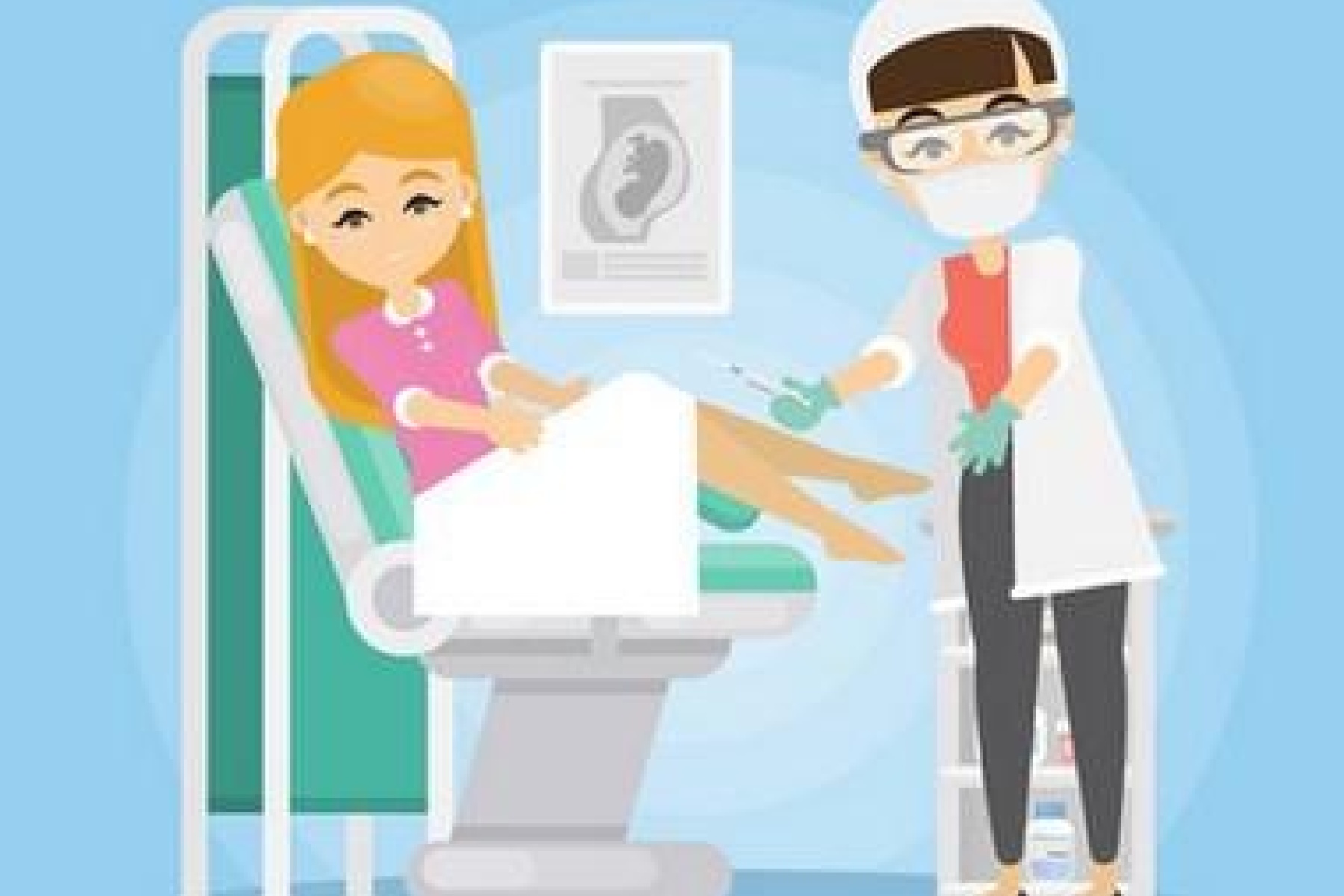
Embryo transfer is the final medical procedure in a fertility journey. It involves placing embryos that have developed in the laboratory following in vitro fertilisation at the bottom of the uterine cavity.
In France, doctors generally transfer a maximum of 2 embryos.
Transferring several embryos increases the chances of pregnancy.
Transferring a single embryo reduces the risk of multiple pregnancies.
Embryo transfer does not require anaesthesia or hospitalisation. It is carried out in the gynaecological position, using a flexible tube 1 millimetre in diameter, called a catheter. This medical procedure is carried out under ultrasound control and is not painful for the patient.
And after the embryo transfer?
You can return to a completely normal life. Driving, travel, transport, work, and sport are not contraindicated. Shaking and trembling have no effect on an embryo which, at this stage, measures just 0.25 millimetres.
Following in vitro fertilisation, the medical team monitors the development of the embryos on a daily basis. By analysing the morphological characteristics of the embryos (number of cells, cell symmetry, fragmentation, etc.), the doctors identify the embryos with the best implantation potential (the best chances of implanting in the uterus).
Zygote Fecundation 18h
2 Cells Fertilisation 30h
4 Cells Fertilisation + 2 Days
8 Cells Fertilisation + 3 Days
Cleaved stage (4 or 8 cells)
Currently, the majority of embryos are transferred at this stage of development. According to a 2019 study of 100,000 transfers, 74% of embryos are transferred at this stage. The advantage of this early-stage transfer is that the embryo is quickly placed in physiological conditions.
Morula Fertilisation + 4 Days
Why continue culture after the 8-cell stage?
It is estimated that 40% of embryos will never reach the blastocyst stage (fertilisation + 5 days). The transfer of a blastocyst allows the clinician to refine his or her choice and avoid placing an embryo in the uterus that will not develop and will therefore have no chance of producing a pregnancy.
Blastocyst Fertilisation + 5 Days
Blastocyst stage
An embryo that has reached the blastocyst stage has the best chance of implantation. It is said to have reached the stage of embryonic competence: this is the phase when, in the woman's body, the embryo leaves the fallopian tubes and arrives in the uterine cavity to implant...
The choice of embryo transfer at the cleaved or blastocyst stage depends essentially on the number of embryos resulting from in vitro fertilisation. When there are few embryos, the medical team will prefer to transfer them at the cleaved stage so they can be placed in the uterus as quickly as possible. On the other hand, when the number of embryos is greater, it is advisable to carry out a prolonged culture up to the blastocyst stage in order to eliminate embryos that do not develop.
During an in vitro fertilisation procedure, it can happen that several embryos have a "high implant potential". The embryo with the highest potential will be chosen for embryo transfer. In agreement with the patient, the other embryos are frozen in liquid nitrogen, not discarded. If the first transfer fails, the embryos are thawed and used for a new transfer. This avoids the need for the patient to undergo a new phase of ovarian stimulation.
Is freezing safe for the embryo?
During the freezing process, the embryo is protected by a cryoprotectant that prevents the formation of ice crystals that could weaken it. Freezing has little effect on embryo survival and implantation after thawing.
Vitrification is a rapid freezing process that has been used in France since 2010. It reduces the risk of ice crystals forming in the embryo.
When the embryo is transferred at the 8-cell stage, it continues its development in utero for two days, until it reaches the blastocyst stage. In contrast, an embryo transfer at the blastocyst stage has already reached the stage of embryonic competence: it is ready to implant in the endometrium.
Hatching of the blastocyst
During its early development, the embryo is surrounded by a membrane called the zona pellucida. At the blastocyst stage, this membrane ruptures: this is the hatching process.
Hatching allows the cells surrounding the embryo (trophoblastic cells) to come into contact with the cells of the endometrium during the embryonic implantation phase.